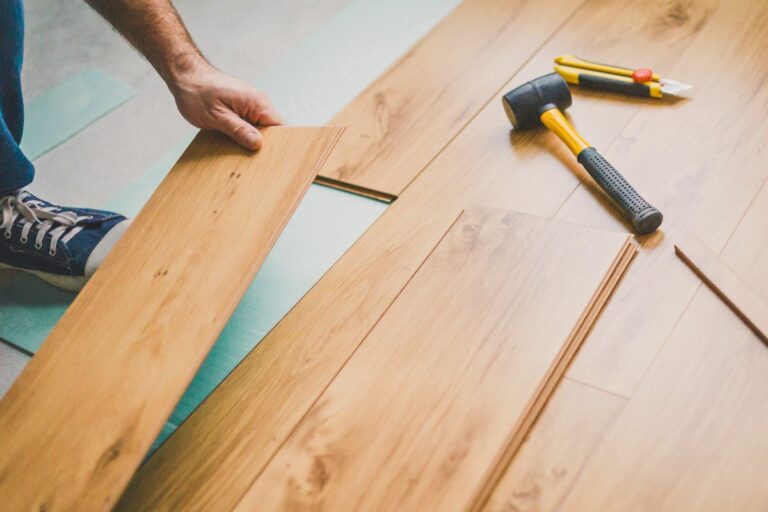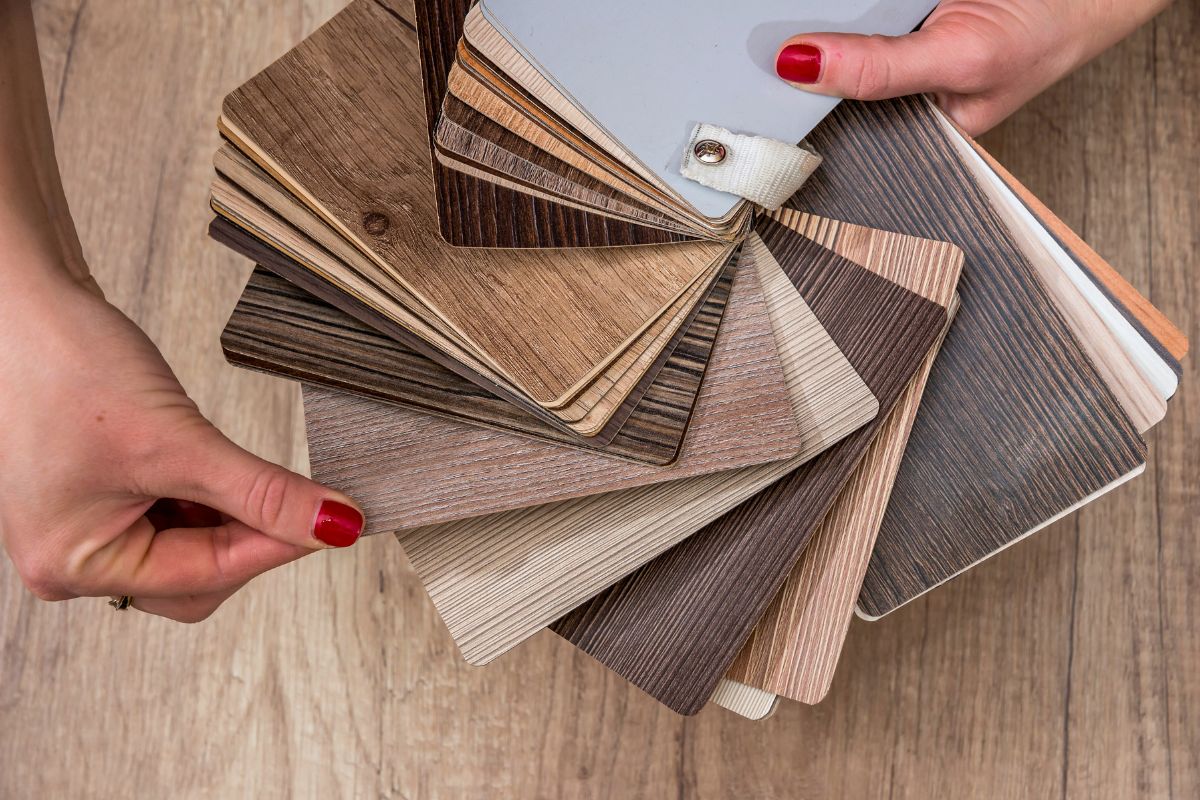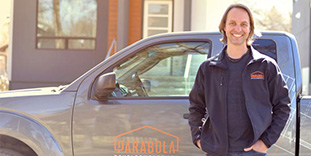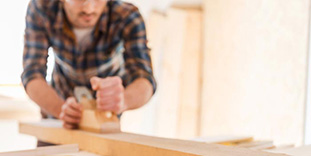What Is the Best Flooring to Put in Basements?
Posted on: 2025-06-10

Basements can be tricky spaces, and choosing the right flooring is one of the most important decisions you’ll make during a basement renovation in Edmonton.
Between the risk of moisture, fluctuating temperatures, and the wide range of ways homeowners use their basements, it’s not a one-size-fits-all situation.
Many homeowners worry about dampness underfoot, staying comfortable year-round, and, of course, finding a solution that won’t break the bank.
However, with the right materials and a solid plan, you can install flooring that looks great, lasts long, and stands up to whatever your basement throws at it.
What Makes Basement Flooring Different?
Unlike main-floor living areas, basements come with a unique set of challenges that can impact how your flooring holds up over time.
That’s why it’s important to choose materials specifically suited for below-grade installations for long-term durability and comfort.
Moisture and Humidity Challenge
Even if your basement has never flooded, moisture can still seep in through the concrete or build up from humidity.
This can lead to warping, mold, and other issues if the wrong type of flooring is used.
Cold Temperatures
Basements tend to be cooler than the rest of the home, especially in Edmonton’s climate.
That’s why many homeowners look for flooring that pairs well with underlayment or in-floor heating, or choose warmer-feeling surfaces designed for below-grade use.
Uneven or Concrete Floors
Most basement floors are poured concrete, and they’re not always perfectly level.
That can make installing certain types of flooring more difficult or lead to long-term issues if it’s not handled properly.
Top Basement Flooring Options

When it comes to basement renovations, not every flooring type makes the cut.
The right choice depends on how you use the space, your budget, and how much maintenance you’re willing to take on.
Here’s a breakdown of the most popular and practical options for basement floors:
Luxury Vinyl Plank (LVP)
LVP is one of the most popular choices for basements.
It’s waterproof, durable, and designed to mimic the look of hardwood without the risk of warping.
It installs easily over concrete and handles temperature shifts well, making it a strong all-around option for almost any basement setup.
Engineered Hardwood
If you want the look and feel of real wood, engineered hardwood is your best bet below grade.
It’s more stable than solid hardwood and less likely to react to moisture or temperature changes.
Keep in mind, though, it still needs a proper subfloor and moisture barrier to perform well over time.
Tile (Ceramic or Porcelain)
Tile is a solid choice for moisture-prone basements, especially in bathrooms or laundry areas.
It’s tough, easy to clean, and completely water-resistant.
On the downside, it can feel cold and hard underfoot, so consider pairing it with area rugs or radiant heat if comfort is a concern.
Carpet Tiles
Carpet tiles are a smart pick if you’re aiming for warmth and comfort, especially in playrooms or home theaters.
They’re easy to install and replace, which is a bonus if you ever deal with minor water issues.
Just make sure you choose a low-pile, moisture-resistant option designed for basement use.
Epoxy or Painted Concrete
For a clean, modern look with minimal maintenance, epoxy or painted concrete can be a great choice.
It seals the surface, resists moisture, and holds up well to wear and tear.
This option works particularly well in utility spaces, gyms, or basements that don’t need the cozy factor.
Rubber Flooring
Rubber flooring is often used in home gyms or play areas, thanks to its comfort and shock absorption.
It’s resistant to water, mold, and mildew, and it’s easy to clean.
While it’s not a fit for every style or room, it’s a practical option where function matters more than aesthetics.
Things to Consider Before Choosing
Before you lock in your basement flooring, it’s worth stepping back to think about how the space will actually be used and what conditions it might be exposed to.
The right flooring for a home gym won’t be the same as what works best in a guest suite or playroom.
Factoring in comfort, moisture levels, and budget upfront will save you time, money, and headaches down the line.
How the Space Will Be Used
Start by thinking about how your basement functions.
Some materials hold up better under heavy furniture or exercise equipment, while others are better suited for comfort or sound absorption.
Matching the flooring to your lifestyle helps you get the most out of your investment.
Risk of Flooding or Dampness
Basements are more vulnerable to water than other parts of the home, so it’s important to be honest about any past or potential issues.
If you’ve had flooding, water seepage, or high humidity, choose a material that can handle occasional moisture without damage.
Budget
Flooring costs can vary widely, and it’s not just the material and you’ll also need to factor in underlayment, moisture barriers, and installation.
The key is balancing what you want with what makes sense for your space and budget.
Comfort and Insulation
Basement floors are naturally colder and harder than the rest of the house.
If you’re planning a space where people will sit, play, or walk barefoot, comfort matters.
Look for materials that add some warmth underfoot, or consider installing a thermal underlay or radiant heating to make the space feel more inviting.
Basement Renovations in Edmonton: Choosing the Right Flooring
Flooring is one of the most important decisions in any basement renovation.
This is especially in Edmonton, where moisture, cold, and concrete subfloors are all part of the picture.
The right choice can boost comfort, increase durability, and add long-term value to your home.
If you’re planning basement renovations in Edmonton and want expert help picking and installing the right flooring, contact Parabola Developments.
Our team is known for quality work, honest advice, and results that last!


